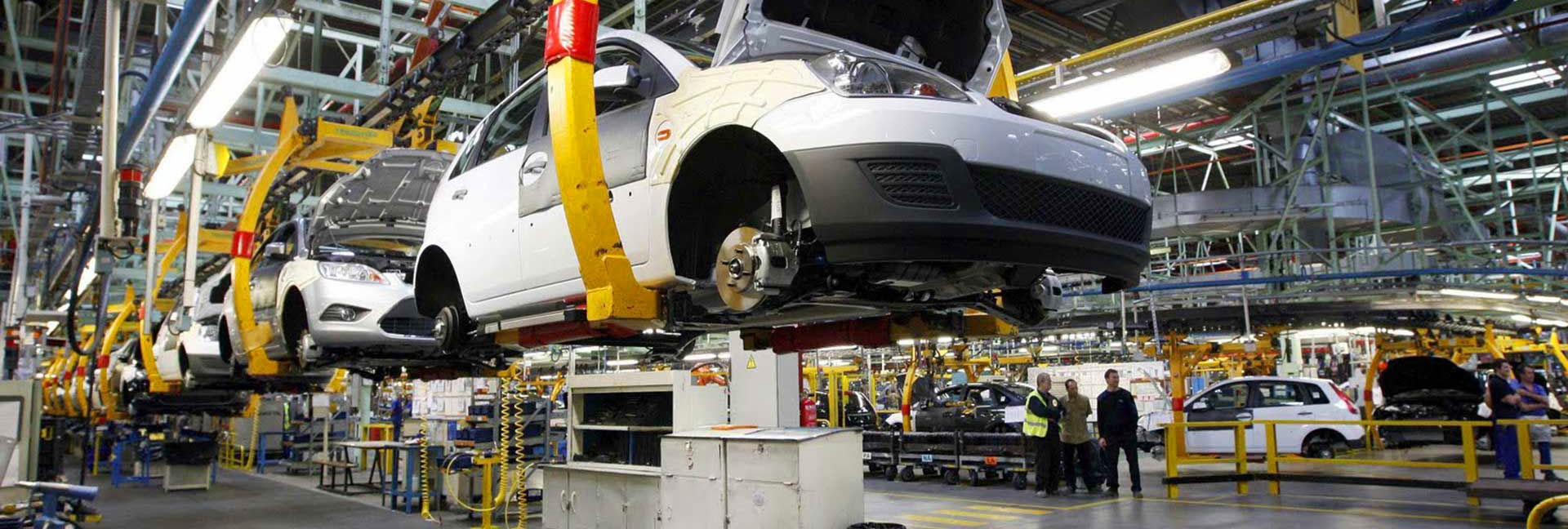

Regulation 79/2009 published by the European Parliament and the Council regulates the principles for the type approval of hydrogen powered motor vehicles. This regulation also includes amendments to the directive 2007/46/EC, which establishes a framework for the approval of motor vehicles and their trailers and systems, components and separate technical units designed for such vehicles.
-79-2009-sayili-hidrojen-ile-calisan-motorlu-tasitlarin-tip-onayina-yonelik-esaslari-duzenleyen-regulasyon.jpg)
This regulation applies to:
Manufacturers must demonstrate that all new hydrogen powered vehicles sold, registered or put into service in the European Union countries and all hydrogen components or hydrogen systems have type approval in accordance with this regulation. It must also provide approval bodies with appropriate information on vehicle characteristics and test conditions.
The test procedures for type approval of hydrogen containers designed to use liquid hydrogen are:
Our organization, among the numerous test, measurement, analysis and evaluation studies it provides for businesses in various sectors, with its trained and expert staff and advanced technological equipment, test services within the scope of the regulation (EC) 79/2009, which regulates the principles for the type approval of hydrogen-powered motor vehicles. also gives.
To get an appointment, to get more detailed information or to request an evaluation, you can ask us to fill in our form and reach you.